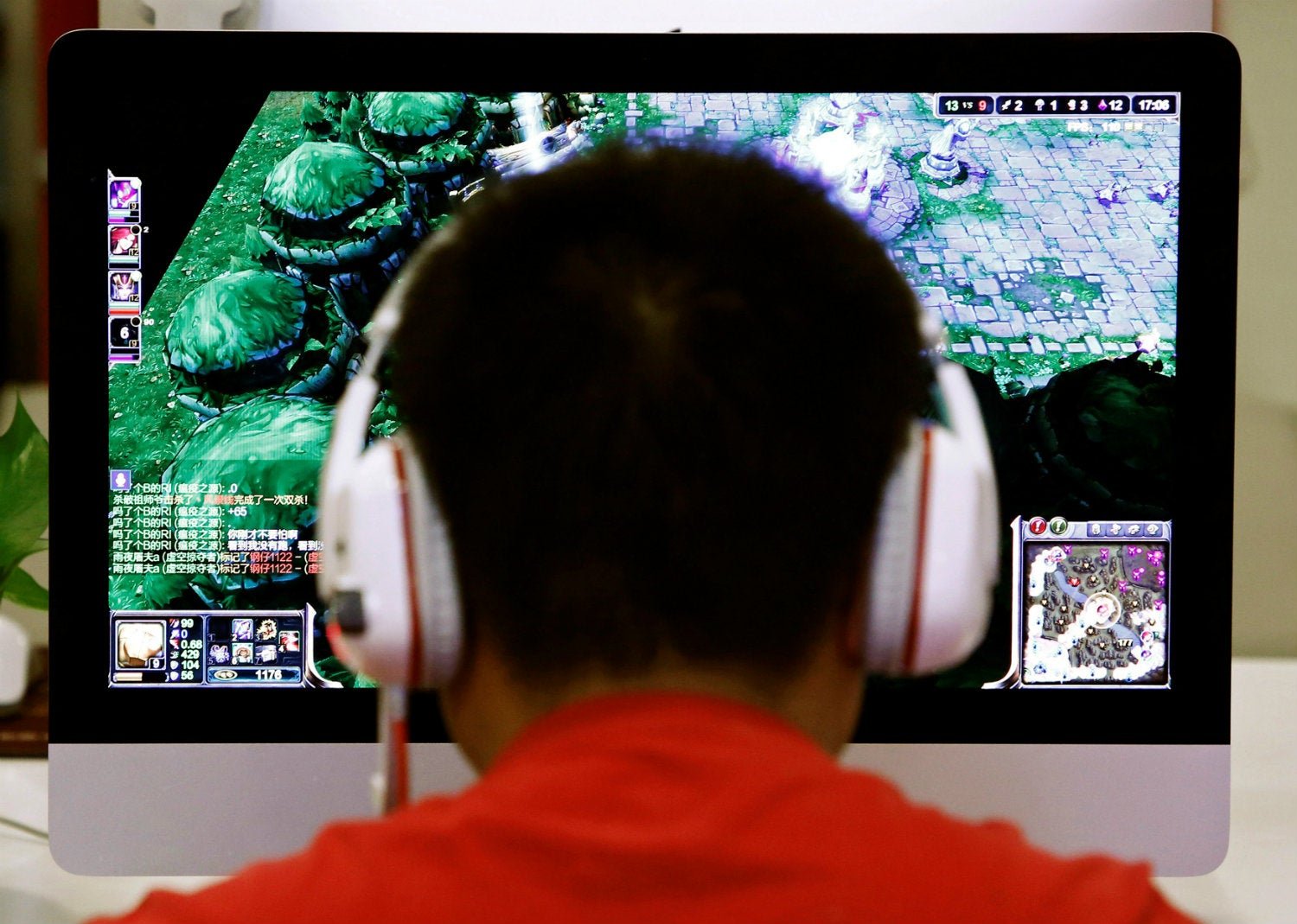Young Indians are living the Bollywood life via TikTok
Facebook is passé. Instagram may still be big, but older people are starting to invade the platform. Vine has died. Snapchat has a tiny slice of the market. So where does the young Indian, looking for some timepass content go? The answer, over the past year, appears to be TikTok.


Facebook is passé. Instagram may still be big, but older people are starting to invade the platform. Vine has died. Snapchat has a tiny slice of the market. So where does the young Indian, looking for some timepass content go? The answer, over the past year, appears to be TikTok.
Chances are, even if you haven’t used the app, you’ve heard of it. So what is TikTok? Simply put, it is a social network that allows you to create and share music videos with your friends and followers. The app, owned by the Chinese company ByteDance, is easy to use: it comes with simple editing tools, which allow users to dance or lip-sync to clips from famous songs. The heart of the platform is the continuous, unending stream of short-form videos around 15 seconds long, though you can string several of them together to make a narrative of a maximum of 60 seconds. In 2017, the original app, known as Douyin in China, merged with the already popular Musical.ly to become the video behemoth it now is.
TikTok ballooned in popularity in 2018. According to research outfit App Annie, it was one of the top five downloaded Android apps all year. And India has really taken to it—the country is the biggest market for TikTok, accounting for around 39% of the app’s 500 million user base.
India is using TikTok everywhere—outdoors, in the kitchen, during a haircut, in the metro, and even while getting married. In a country whose entertainment industry is dominated by Hindi movies, which are replete with song and dance, it is hardly surprising to see TikTok thrive. It offers Indians an inexpensive platform to showcase their singing, dancing, and acting talents to a wider audience, which goes beyond family members and friends. Available in Hindi, Marathi, Gujarati, Malayalam, and Punjabi, the beauty of the app lies in the fact that anyone with a basic smartphone and an internet connection can make a short music video of their own.
“It is an inherent fantasy of most Indian guys to lip-sync to a Shah Rukh Khan dialogue, and TikTok has made that dream possible by giving a platform to display that talent,” said Samit Gambhir. The 25-year-old from Delhi is an avid user of the app and prefers to upload original content, usually comedy vines.
The success of the app is primarily to do with how little text one encounters, and how cheap mobile data has become. TikTok is wildly popular across geographies and generations, with small-town kids—or even entire families—putting together videos for the platform.
Instagram, which is also driven by images rather than text, comes close in format to TikTok. But while people curate the best images of their lives on Instagram, TikTok has an entirely different appeal.
If one looks at the variety of videos that are shared on TikTok, there is a vast diversity in terms of location. The backgrounds and settings aren’t always picture-perfect like in most Instagram posts, and a considerable chunk of these videos are shot in places that are clearly not in India’s metros. According to SimilarWeb, TikTok in India has nine million daily active users who spend an average of 31 minutes on the platform.
Such huge numbers obviously present an opportunity. Bollywood stars and musicians, among others, have taken to the platform as yet another way to reach younger audiences. It is also full of those taking off from popular culture, whether it means performing the latest dance moves or the newest hashtag challenge, and there are even Bollywood lookalikes mouthing famous dialogues. And because the platform holds the tantalising prospect of virality for even ordinary users, those who have built up a following try to leverage that.
Gambhir says that the upside of using TikTok is that the videos are easily shareable to other platforms like WhatsApp and Instagram. This gives a sense of community and also makes it more relevant to the older generation, because of the ease with which most people learn how to use WhatsApp. Making a living off posting content on TikTok might not be too far off, he says, as marketeers are increasingly looking to work with social media users with a large number of followers.
There is a downside to this burgeoning popularity though. There are fears over what it means for a company in Beijing to have such an influence over an Indian audience. There have also been more specific concerns about the app being used to host hate speech, fake news and child pornography, as well as encouraging users to try out risky stunts because of various hashtag challenges.
Responding to some of these worries, TikTok launched an internet safety campaign in India to teach its users about what counts as criminal behaviour, and how to ensure their privacy on the platform. In collaboration with Cyber Peace Foundation, TikTok marked the Safer Internet Day on February 5 by “launching posters on awareness and cyber hygiene”. The Chinese app is also one among the thousands that will be affected by new proposed rules by the Indian government, which seek to regulate content online.
Such concerns seem to have scarcely affected those using the platform as TikTok continues to expand its user base in India. Looking at the larger picture though, the question arises—is TikTok just a fad like DubSmash, popular because of the exponential growth of smartphones and cheap data, or will it end up having a more enduring impact on the Indian social media ecosystem?
This story originally appeared in Scroll.in. We welcome your comments at [email protected].